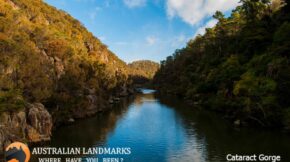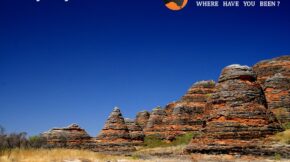Share
Visit Shark Bay
Located in the centre of the West Australian coast, Shark Bay is the most western point of the Australian continent. The town of Denham, which is central to the bay, is around 820 km from Perth, the State Capitol of Western Australia. The area can be accessed by sealed road via the North West Coastal Highway. The towns, Denham and Monkey Mia, and the most popular World Heritage sites can be accessed by 2WD but some of the other sites are 4WD (or boat) access only. Greyhound Buses service the area from Perth and other major West Australian towns while several times a week regional airlines fly into Shark Bay from Perth and Geraldton.
Stay Shark Bay
Shark Bay offers accommodation to suit any style of travel or budget. With 4 star resorts, hotel/motels, apartments and villas, cottages, station stays, caravan parks and camping at the holiday villages as well is the national parks (permit required) to choose from, we are sure you’ll find something that suits.
About Shark Bay
In 1616 Dutch sailor and explorer Dirk Hartog landed in Shark Bay becoming the first European to step foot in Western Australia. It wasn’t until 1699, when Englishman William Dampier landed, that the bay was named for the proliferation of sharks in the area.
Shark Bay is home to some unique and spectacular flora and fauna which led to it being declared a 2.2 million hectare World Heritage Area in 1991. For 3 billion years the only forms of life on Earth were Stromatolites, colonies of cyanobacteria. Hamelin Pool in Shark Bay is one the few places in world where these oldest of lifeforms still flourish. Sure the Stromatolites at Shark Bay are ‘only’ 2000 – 3000 years old but their heritage can be traced back to 1.9 billion years ago making them one of the longest continuing biological lineages known.
The bay is home to one of the largest concentrations of Dugongs (sea-cows) in the world. With over 10,000 mouths to feed it comes as no surprise that the largest seagrass meadow in the world is also here. One seagrass bank alone covers 1080 sq km while the entire meadow covers a massive 4800 sq km. The bay’s unique and friendly Indo-Pacific Bottlenose Dolphins are known for being one of the only tool using marine mammals. They protect their nose with a soft sea sponge while foraging on the bottom.
Add to the above migrating Humback and Southern Right Whales, nesting Green and Loggerhead Turtles, the largest fish in the world, the Whale Shark, over 320 fish species, over 230 bird species, around 150 reptile species and 26 threatened mammal species and you have a wildlife experience that is not to be missed.
5 Things To Do at Shark Bay
- Feed the famous dolphins at Monkey Mia
- Charter a boat for snorkeling, diving or fishing
- Take a 4WD tour to discover some inaccessible areas
- Enjoy a cultural tour with a Malgana guide
- Explore the vastness of the bay on a Sea Kayak tour

See More Landmarks Western Australia – Home








